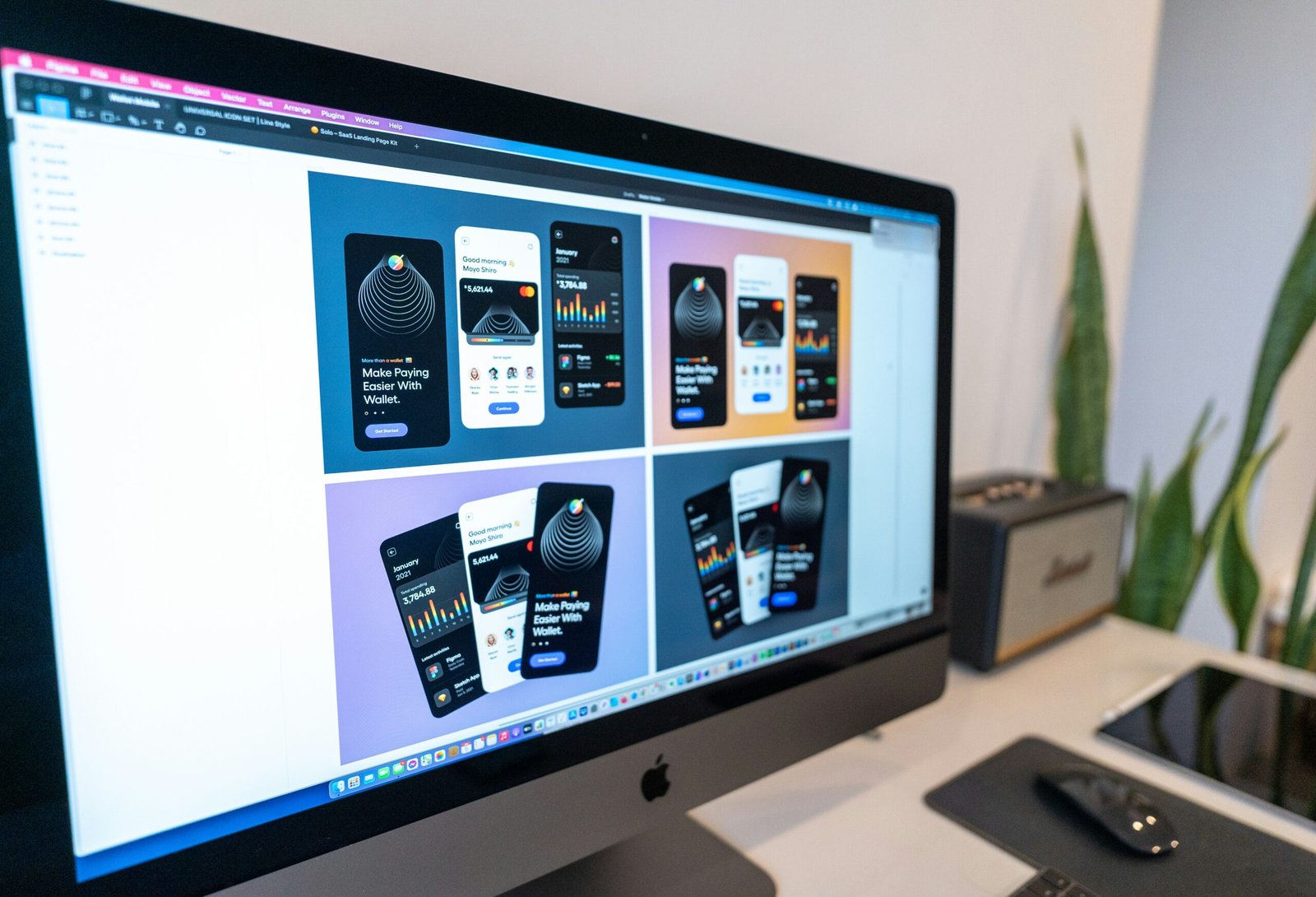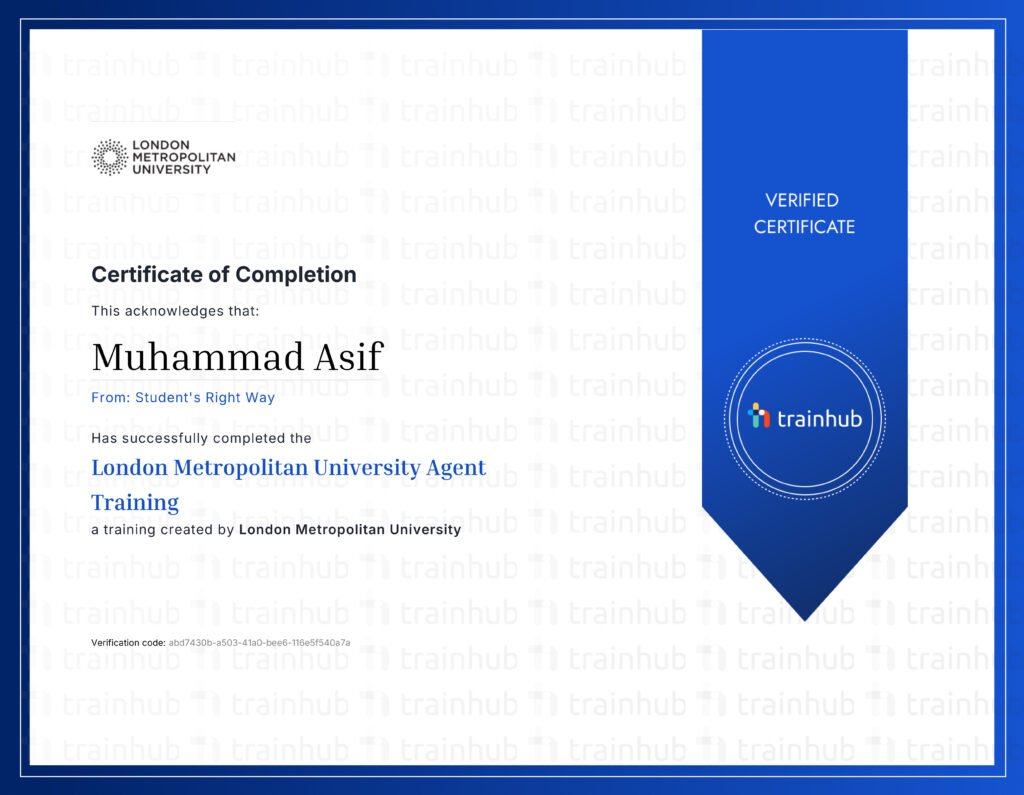Introduction to Graphic Design Skills
Graphic design skills encompass a wide array of competencies pivotal in the digital age. At its core, graphic design involves the creation of visual content to communicate messages effectively. Proficiency in industry-standard design software, such as Adobe Creative Suite, is fundamental for any graphic designer. These tools enable designers to bring their creative visions to life, whether through vector graphics, photo editing, or layout creation.
Understanding design principles is equally crucial. Color theory helps designers select harmonious color schemes, enhancing visual appeal and ensuring the message is conveyed effectively. Typography involves selecting appropriate fonts and arranging text in a readable and aesthetically pleasing manner. Layout principles guide the arrangement of visual elements to create balanced and engaging compositions. Mastery of these principles ensures that designs are not only visually attractive but also functional and user-friendly.
The ability to create visually appealing and effective designs is in high demand across various industries. Businesses in marketing, advertising, media, and technology rely heavily on graphic designers to create compelling visuals that attract and engage their target audiences. The rise of digital marketing and online presence has further amplified the need for skilled graphic designers who can produce high-quality digital content. This growing demand highlights the importance of graphic design skills in today’s job market.
As we delve deeper into the specific benefits of possessing graphic design skills, it becomes evident that these competencies unlock numerous opportunities for creativity and career advancement. From enhancing personal branding to contributing to organizational success, graphic design skills are a valuable asset in the modern world.
Career Opportunities and Job Market Advantage
Possessing graphic design skills can open a plethora of career opportunities across various industries. Graphic designers are in high demand in fields such as advertising, marketing, web design, branding, and multimedia production. Each of these sectors relies heavily on visually compelling content to engage audiences and convey messages effectively. With the rise of digital media, the need for skilled graphic designers has only intensified, creating a robust job market for professionals with these capabilities.
Graphic design careers offer a broad spectrum of roles to explore. In advertising, designers create visually appealing advertisements that capture consumer interest. In marketing, they are responsible for crafting promotional materials that enhance brand visibility and drive sales. Web design involves creating visually engaging and user-friendly websites, while branding requires the development of cohesive visual identities that resonate with target audiences. Multimedia production, which includes video editing and animation, relies on graphic designers to produce captivating content that holds viewers’ attention.
Statistics underscore the strong demand for graphic designers. According to the U.S. Bureau of Labor Statistics, employment of graphic designers is projected to grow by 3% from 2020 to 2030, reflecting steady demand for design services across various industries. Furthermore, the rise of e-commerce and digital marketing has fueled the need for graphic design skills, as businesses seek to establish an online presence and stand out in a crowded marketplace.
Having graphic design skills not only enhances employability but also provides a significant job market advantage. Employers value candidates who can bring creative and technical expertise to their teams. This competitive edge can lead to higher earning potential, as graphic designers with specialized skills and experience command premium salaries. In a competitive job market, the ability to produce high-quality visual content is a valuable asset that sets candidates apart from their peers.
In summary, the career opportunities for those with graphic design skills are extensive and varied. The demand for graphic designers is robust, providing numerous avenues for professional growth and success. By mastering graphic design, individuals can enhance their employability and gain a competitive edge in the job market, ultimately leading to greater career satisfaction and financial rewards.
Creative Expression and Personal Satisfaction
Graphic design serves as a powerful medium for creative expression and personal satisfaction. The ability to transform abstract ideas into compelling visual content allows designers to communicate messages effectively and uniquely. This process not only fosters innovation but also provides immense joy and fulfillment. The moment when a concept materializes into a tangible design evokes a sense of accomplishment that is deeply rewarding.
Engaging in graphic design also offers therapeutic benefits. The act of immersing oneself in creative activities can be stress-relieving, providing a much-needed escape from the pressures of daily life. This therapeutic aspect is particularly significant in today’s fast-paced world, where mental well-being is often compromised. Whether it’s through sketching, digital illustration, or crafting elaborate layouts, the creative process can be a form of meditation, helping to clear the mind and enhance focus.
Furthermore, the personal satisfaction derived from seeing one’s work featured in various media forms—be it digital platforms, print materials, or public displays—cannot be overstated. This visibility not only validates the designer’s efforts but also serves as a testament to their skills and creativity. The ability to leave a lasting impact through design, influencing how people perceive and interact with information, is both a privilege and a powerful motivation for many graphic designers.
In essence, graphic design is more than just a profession; it is a conduit for personal expression and emotional well-being. By harnessing these skills, individuals can unlock a myriad of opportunities for creative fulfillment and mental rejuvenation, making the journey of a graphic designer both enriching and rewarding.
Entrepreneurial Opportunities and Freelancing
Possessing graphic design skills unlocks a myriad of entrepreneurial opportunities, paving the way for a rewarding career as a freelance graphic designer. The flexibility and autonomy that come with freelancing are among its most compelling advantages. Freelancers have the liberty to choose projects that align with their interests and expertise, allowing them to work with clients across various industries, from tech startups to fashion brands and beyond. This diverse clientele not only enriches one’s professional experience but also broadens one’s creative horizons.
Starting a freelance graphic design business requires a strategic approach, beginning with building a personal brand. A well-crafted personal brand not only distinguishes you from competitors but also establishes your credibility in the marketplace. This involves creating a unique visual identity, maintaining a consistent online presence, and curating a portfolio that showcases your best work. An impressive portfolio is crucial, as it serves as a testament to your skills and creativity, making it easier to attract potential clients.
Leveraging online platforms such as Behance, Dribbble, and LinkedIn can significantly enhance visibility and client reach. These platforms enable freelance graphic designers to display their work, network with industry professionals, and gain insights into current design trends. Additionally, websites like Upwork, Fiverr, and 99designs offer freelance designers a marketplace to find gigs and establish client relationships that can lead to long-term collaborations.
The financial rewards of freelancing can be substantial, particularly for those who build a strong reputation and client base. Freelancers have the potential to set their rates and earn a competitive income, often surpassing traditional employment salaries. Moreover, the professional satisfaction derived from successfully managing one’s business and seeing the tangible impact of one’s work on clients’ projects is immeasurable.
Successfully managing a freelance career involves not only honing design skills but also mastering time management, client communication, and financial planning. Establishing clear contracts, setting realistic deadlines, and maintaining open lines of communication with clients are essential practices for sustaining a thriving freelance graphic design business. By diligently managing these aspects, freelance graphic designers can achieve both financial stability and professional fulfillment.


